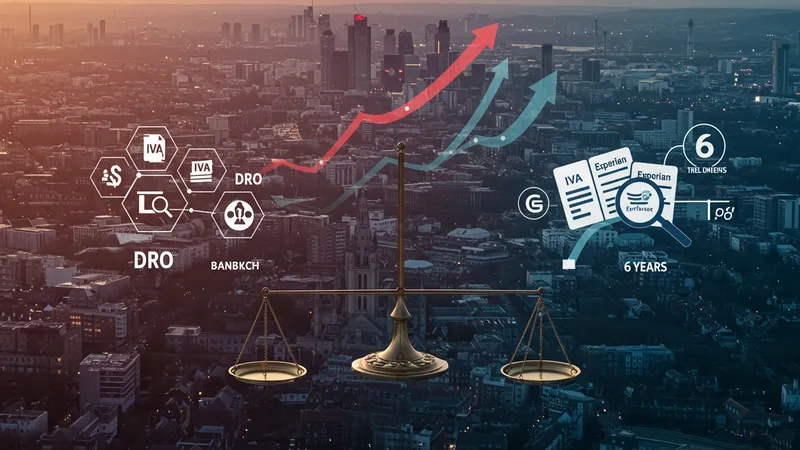
Debt Relief Solutions And Credit Repair In The UK
Impact of Debt Relief and Credit Repair Solutions on UK Credit Ratings
Every debt relief decision in the UK has a different effect on your credit file. Options like IVAs, bankruptcy, and DROs will be recorded by credit reference agencies and typically stay visible for six years from the date they’re completed. While these may lead to an initial drop in score, many see their ratings begin to recover as settled accounts and regular repayments are reported. Credit repair services focus on ensuring your record is accurate: disputing outdated or false information with agencies such as Experian or Equifax can prevent wrongful barriers to future lending.

Debt Management Plans (DMPs), while informal, can still affect your creditworthiness since reduced payments are sometimes flagged by lenders. However, because DMPs are not formal insolvency proceedings, the impact is often less severe than that of bankruptcy. Using a service like StepChange helps ensure that updates are reported properly, and that all negotiated changes are documented—setting the stage for gradual score improvements post-plan.
Debt consolidation loans, if paid on time, may actually boost your score by reducing individual credit utilization and showing consistent repayment. Late payments or additional borrowing, though, will have the opposite outcome. Meanwhile, free support from services like MoneyHelper or CAP can help you put together a step-by-step plan to improve your history: by regularly checking your credit file, disputing mistakes, and ensuring old defaults are removed after their legal expiry.
The influence of each debt solution varies not only by type, but by how well an individual sticks to new repayment schedules and monitors their file. Retaining all paperwork, communicating proactively with creditors, and double-checking updates on your credit report increase the chance of a faster, more complete recovery. Next, discover insider tips and real-life UK examples for maximizing the effectiveness of your chosen debt and credit repair approach.